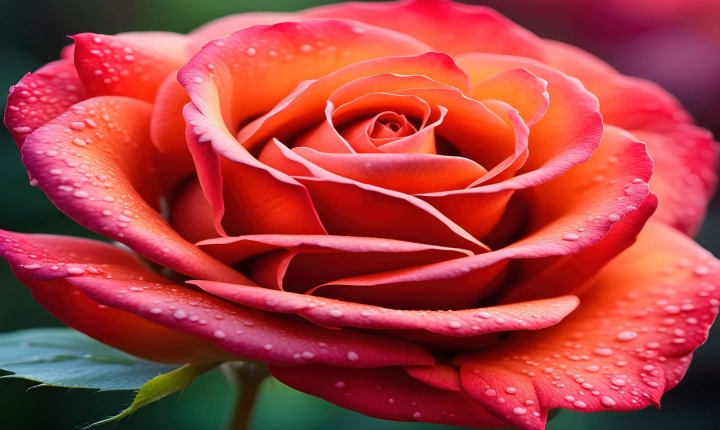AI art, also known as algorithmic art, is a fascinating and rapidly developing field that explores the intersection of artificial intelligence and creativity. It involves the use of machine learning algorithms and other AI techniques to create artwork, often blurring the lines between human and machine creativity. From generating images and sculptures to composing music and crafting poetry, AI art is revolutionizing the way we think about artistic expression.
The process of creating AI art begins with the training of a machine learning model using a large dataset of existing artwork. This could be anything from paintings and drawings to photographs and even more abstract forms of visual art. The model analyzes the dataset to learn about patterns, styles, and techniques used in the various artworks. Once trained, the model can then generate new pieces of art based on what it has learned.
One common technique used in AI art is called neural style transfer. This involves taking the style of one artwork and applying it to the content of another. For example, a neural network can be trained to mimic the style of Van Gogh’s “Starry Night” and then apply that style to a photograph of a city skyline, creating a new and unique piece of art that combines elements of both the original painting and the photograph.
Another approach to AI art is through the use of generative adversarial networks (GANs). GANs consist of two neural networks that work together to generate new content. One network generates new images, while the other network evaluates them for authenticity. Through this process of competition and refinement, GANs are capable of producing highly realistic and visually striking artwork.
In addition to visual art, AI is also being used to create music and literature. Generative music models can compose original pieces of music in various styles, while natural language processing algorithms can be trained to generate poetry and prose that mimic the style of famous authors or create entirely new literary works.
One of the most exciting aspects of AI art is its potential to democratize creativity. By providing artists and designers with powerful tools for generating new ideas and exploring different styles, AI has the potential to open up new realms of artistic expression. Furthermore, AI art is not limited by human constraints such as time or effort, allowing for a limitless stream of creative output.
However, it’s important to note that the rise of AI art also raises questions about authorship and the nature of creativity. When a machine generates a piece of art, who is the true creator – the programmer who designed the algorithm, the machine that executed it, or some combination of the two? At the same time, AI art challenges the traditional notions of what it means to be an artist, as machines can now participate in the creative process in ways never before possible.
As AI continues to advance, it’s clear that AI art will become an increasingly integral part of the artistic landscape. Whether it’s through the creation of visually stunning images, evocative music, or thought-provoking literature, AI art is reshaping the ways we think about creativity and pushing the boundaries of what is possible in the world of art. It is a testament to the incredible potential of artificial intelligence to enhance human creativity and drive innovation in the arts.
